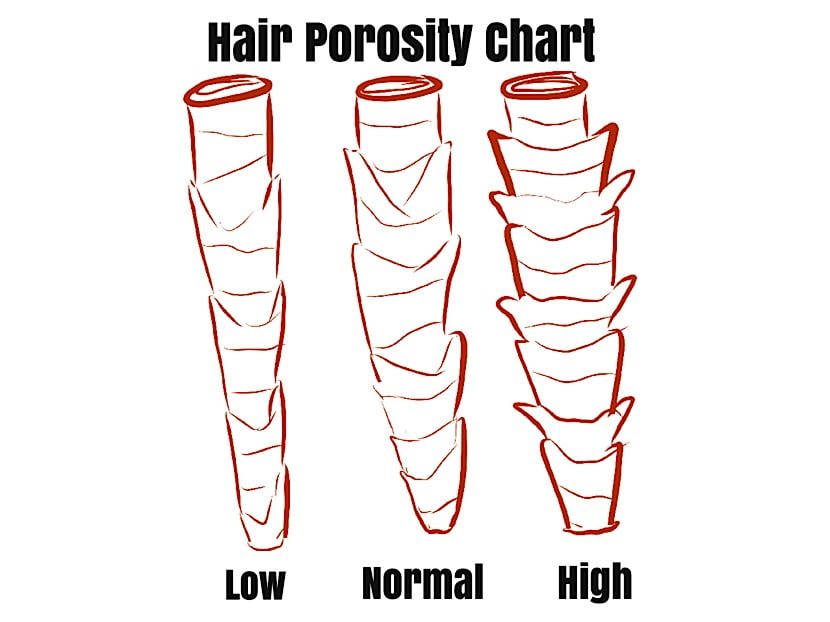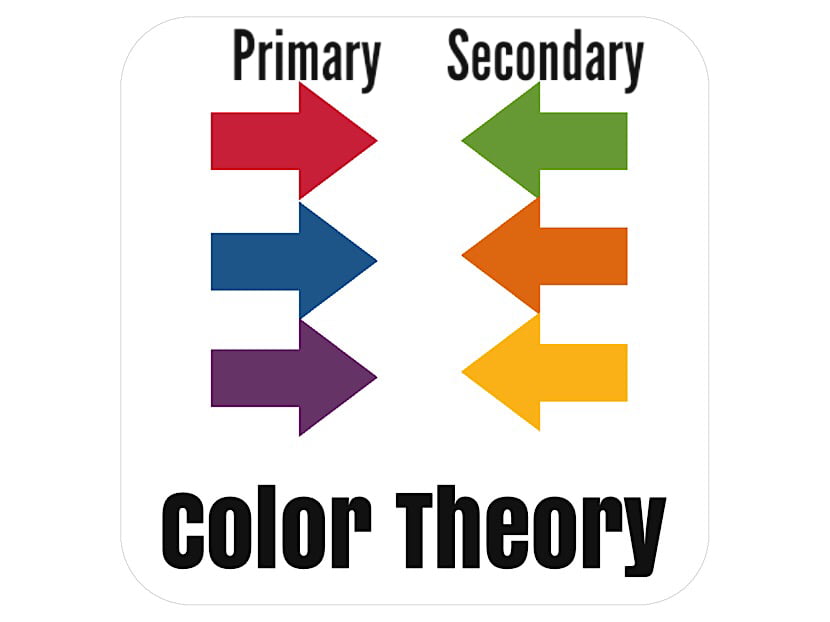One of the main things I hear when doing a clients hair is “Wow my hair is so shiny!” I enjoy sharing tips and secrets to clients so they can maintain a hairstyle at home. Clients who are able to keep up with a style once leaving a salon are a lot happier and they are more likely to tell a friend about a positive experience they have had. Educating people on what is done in the chair and why has always been something I’ve felt passionate about.
Today I’m going to discuss with you a few secrets to keeping your hair shiny and to keep that fresh salon color vibrant longer.
Hair porosity
What is porosity? It is hair’s ability to absorb and retain moisture. The hair shaft is made up of multiple layers. We will focus on the cuticle (outer layer). Changes in porosity can happen when hair is over processed by chemical services and or styling methods. This can cause the hair to look dull or frizzy. There are 3 types of porosity: low, normal(medium), and high.

Low porosity hair is when the cuticle is resistant and repels moisture. The cuticle appears nearly closed.
Normal porosity hair is when the cuticle lays flat/slightly open and allows some moisture to penetrate the hair shaft.
High porosity hair is when the cuticle is raised/open and moisture can easily escape the hair shaft.
It’s good to know how porous your hair is so you can use the right products. If your hair doesn’t hold moisture well you should consider layering products to hold the moisture in. For example: Adding a liquid product to the hair first, then adding a dense product on top of that to seal in the moisture.
Shiny hair secret
Now that you know a bit about porosity, I’m sure you want to know what can be done to help if your hair is in the high category. Well…an easy fix for immediate results is to apply a clear semi permanent color to your hair. Semi permanent hair color quickly attaches on the hairs cuticle and seals it temporarily. It acts as a sheer coat of protection. The color last about 6 weeks depending on the brand used and how often you wash your hair. The instructions on the product will offer longevity details. It can be used straight out of the bottle without mixing.
The molecules of semi color are much bigger so they don’t penetrate the hair shaft and the formula is not designed to cause the hair to swell. When hair doesn’t swell the cuticle is not raised. (without going deep into chemistry) As the color sits on top of the hair it feels softer and appears shiny.
Permanent dyes have smaller molecules that penetrate into the hair shaft with an oxidizing agent. This is why it requires mixing. This dye has to first lift the cuticle then it deposits color.
Lasting color secret
So you recently got your hair colored a beautiful red. Red is one of my favorite hair colors. It looks good on everyone. There are so many hues of red to compliment every skin tone. After the first shampoo you notice all that beautiful color going down the drain. Have no fear! LOL! Okay that was a bit extra….but seriously. When you have a vibrant color in your hair such as red you can use a red shampoo or conditioner to help that color last. You can purchase one from the store or create your own. I like creating my own because I can use my normal wash routine without the need to purchase an additional product.
To create a color shampoo or conditioner just add a semi permanent color into your regular shampoo or conditioner and mix well. The ratio depends on which formula you are using but I typically do about 4 ounces of color to every 32 ounces of shampoo or conditioner, adjust to your liking.
Color Theory
When coloring hair a professional will use color theory to create the best result for a client. This is one of the many attributes that sets a salon visit apart from a DIY box color at home. To understand color means you are able to better control how hair will react once color is added or removed.
There are 3 main (primary) colors which are red, blue, and yellow. The secondary colors are orange, green, and violet. Lastly, the tertiary colors are red orange, yellow orange, yellow green, blue green, blue violet, and red violet. In color theory the primary colors are paired with the secondary colors. Each pair essentially cancels (neutralizes) each other out. On the chart red is across from green, blue across from orange, and yellow is across from violet.
For example: Your hair is blonde. You color your hair “brown” but your color came out green. Red is missing from your hair. There are other aspects that go into hair color but for the purpose of this post I wanted to briefly touch on the theory so you have a reference for the next secret 🙂
Here is a basic color theory chart:

Correcting unwanted tones secret
Now that you have a very brief understanding of color theory, here’s the next secret. You can create a color shampoo to help keep your color balanced. This secret is for blondes and mature hair such as white or grey. Color shampoo doesn’t just help make your color last. It can be used to correct unwanted tones in your hair. For blondes and women with grey/white hair keeping the color bright means to cancel out underlying hues often. The most prominent underlying tones in the hair are yellow and orange.
You can purchase a violet shampoo or make your own by adding a semi permanent violet into your shampoo. When making your own or purchasing be mindful with processed light hair it has high porosity and will take color quickly. You would not need to use a correcting shampoo or conditioner everyday. You don’t want your hair to be violet….unless that’s exactly what you want!
I hope you found this information helpful and easy to follow. Hair color takes practice and education. If you are not comfortable with making your own mixes just leave it to a professional and purchase it from the store. Don’t go rogue lol.
Thanks for hanging out today!
XO Terreana

